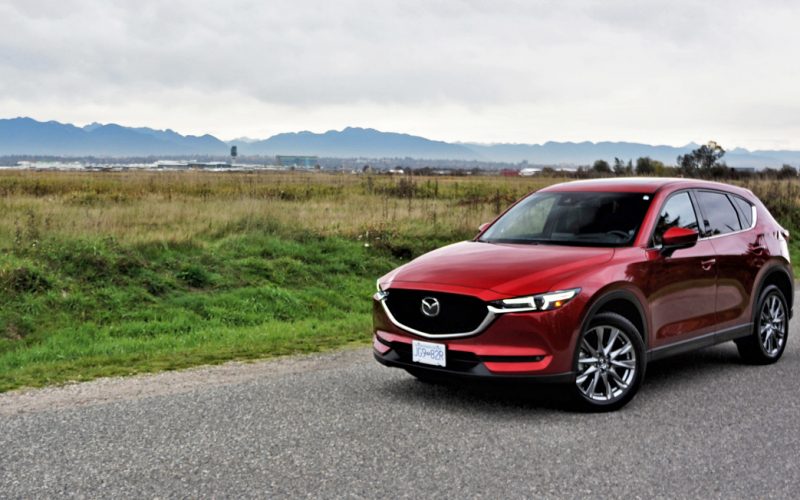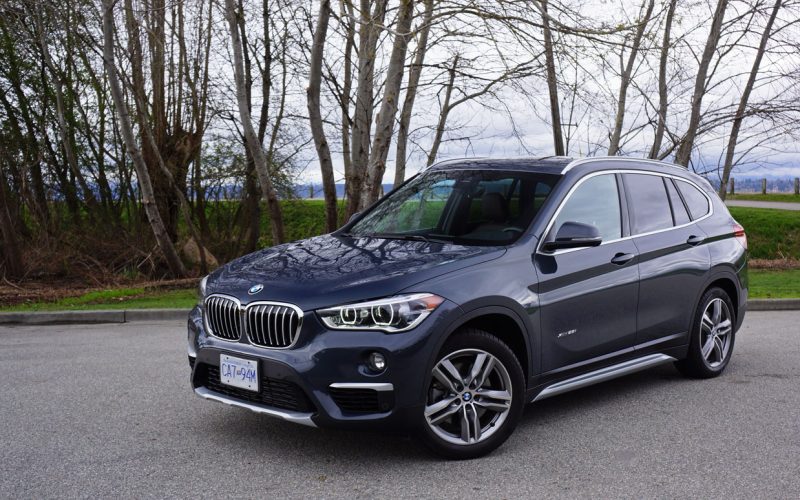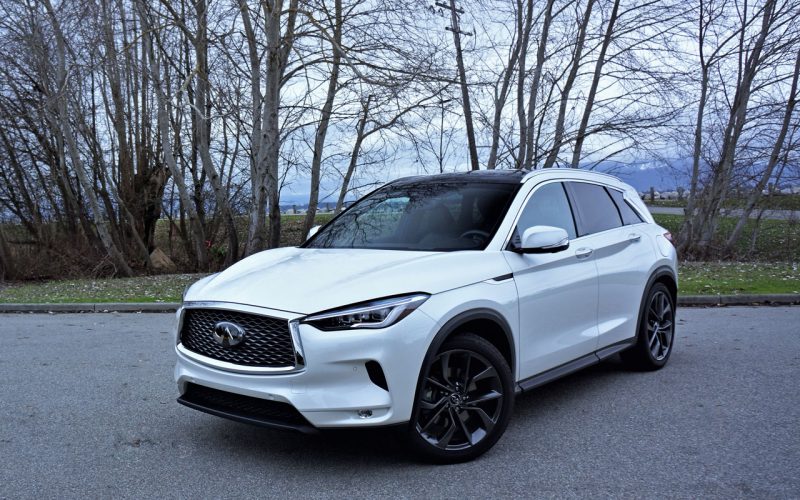
Reading Time: 10 minutesAnticipation. Sometimes it’s better than the real thing. Just think back to someone you fell head

Reading Time: 11 minutesBMW’s X1 was the very first subcompact luxury crossover SUV ever produced, having arrived on the

Reading Time: 8 minutesConsidering how important the compact luxury SUV segment is within the entire auto sector, what took
© 2025 The Car Magazine. All Rights Reserved, Privacy Policy | Terms of Use